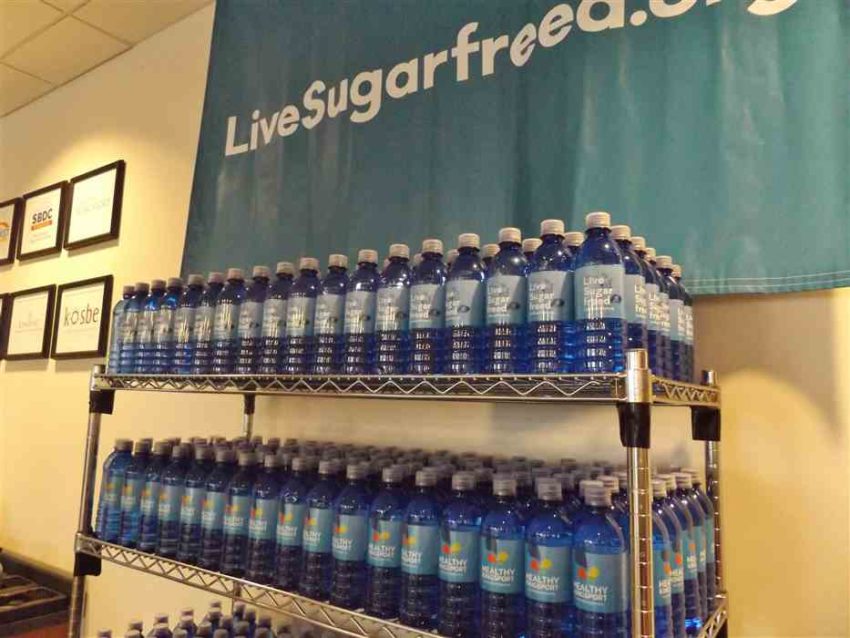
Share On Social!
Local health and community leaders are encouraging people to drink more water through a new health campaign called, Live Sugar Freed. This new campaign is a pilot project of “A Healthy America”- a national movement to help prevent health problems by using the power of media for prevention.
The goal is of the campaign is to help lower rates of obesity and diabetes in the tri-cities region in Tenn., where, according to a recent article, over one in eight adults have diabetes, and where sugary beverages are consumed more than once on a daily basis.
Sugary-sweetened beverages are shown to increase the risk of developing type two diabetes and other health risks like heart disease.
The Live Sugar Freed Campaign has sent the message of water as the healthier choice, throughout the areas, using television spots, newspapers and internet ads, and videos to help spread the word that sugary beverages are not the healthiest option.
The campaign is working to have organizations, businesses, and the community at large to commit to pledges that make a promise to drink more water and less sugary beverages.
More than forty organizations have adopted the campaign’s pledge, to commit to drinking more water instead of sugary beverages within three different stages of pledges, including bronze, silver and gold.
The next phase of the campaign has included a celebration of the benefits of water, where those who have pledged will receive a free three-month supply of bottled water. Also, a mass media campaign will highlight the “Face of our community” where local pledgers will be shown enjoying the water and telling others about the benefits of drinking water.
Local Mayor, John Clark was quoted in a recent article explaining that the city is committed to the health and wellness of its employees and citizens and that they are working towards progress in this campaign.
To take the pledge and learn more, click here.
By The Numbers
1
Supermarket
for every Latino neighborhood, compared to 3 for every non-Latino neighborhood



